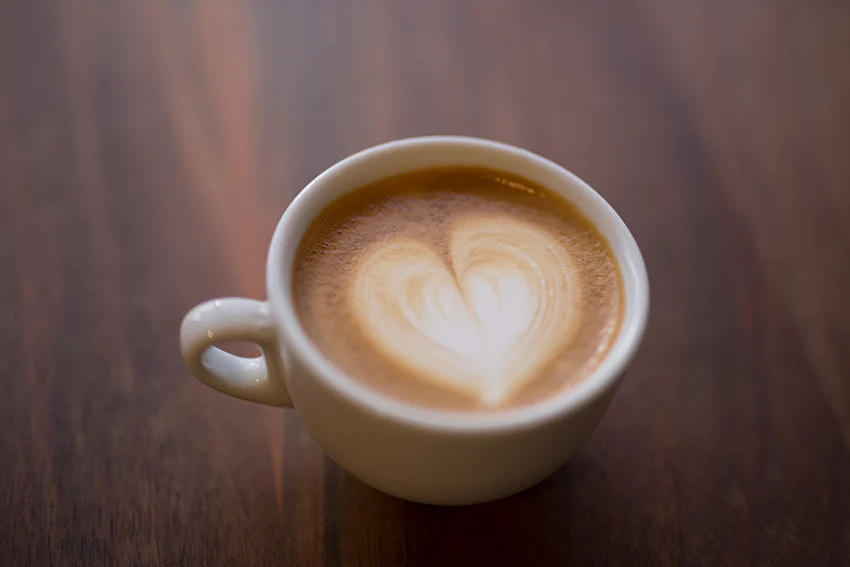
The Cappuccino Code: History, Perfect Ratio, and 10 Unique Facts
The Cappuccino is a world-famous Italian coffee beverage that perfectly balances the rich intensity of espresso with the smooth, airy texture of milk. More than just a drink, it’s a staple of global coffee culture, but its origin and proper consumption are steeped in fascinating history and tradition.
Here are 10 key facts about this beloved beverage, from its monastic roots to its perfect composition.
The Origin Story & The Monastic Connection
- Named After Monks: The term “Cappuccino” comes from the Capuchin friars (Italian: cappuccini). The brown color of the drink, when milk is added to dark coffee, resembled the color of their distinctive hooded robes (cappuccio).
- An Austrian Predecessor: The modern Italian Cappuccino was inspired by a 17th-century Viennese coffee called “Kapuziner,” which was made with coffee, sugar, and cream (or sometimes spices) a version quite different from the one we know today.
- The Espresso Machine is Key: The Cappuccino we recognize today with its velvety micro-foam only became possible after the invention of the espresso machine in the early 20th century, which allowed baristas to quickly steam milk to perfection.
The Perfect Ratio and Composition
- The Golden 1:1:1 Ratio: A traditional, authentic Italian Cappuccino is defined by its equal parts: 1/3 Espresso, 1/3 Steamed Milk, and 1/3 Frothed Milk (Foam). This balance gives it a more intense espresso flavor than a latte.
- Texture is Everything: The primary difference between a Cappuccino and a Latte is the foam. A cappuccino has a thick, airy layer of foam, while a latte has only a thin layer of foam and much more steamed milk, resulting in a creamier, milder drink.
- It’s Smaller Than You Think: Traditionally, a true Italian Cappuccino is served in a small cup, typically between 5 to 6 fluid ounces (150-180 ml) in total volume. The large mugs common outside Italy are often considered caffè lattes.
Cultural Facts and Modern Variations
- Strictly a Morning Drink in Italy: This is perhaps the most famous cultural fact. Italians traditionally do not drink Cappuccino after 11:00 AM or with or after a meal. They believe the high milk content hinders digestion of lunch or dinner. Afternoons and evenings are reserved for straight espresso.
- The “Dry” and “Wet” Variations: Baristas often refer to variations:
- Dry Cappuccino: Contains less steamed milk and more foam, resulting in a stronger, bolder coffee flavor.
- Wet Cappuccino (Cappuccino Chiaro): Contains more steamed milk and less foam, making it creamier, similar to a Flat White.
- The Power of Chocolate Dust: While often topped with a dusting of cocoa or cinnamon in Europe and North America, this addition is technically a non-traditional element in a purist Italian bar.
- The UK’s First Espresso Introduction: The Cappuccino was the first form of espresso-based drink to gain widespread popularity in Britain, partly because the British were already accustomed to mixing milk with their hot beverages.





